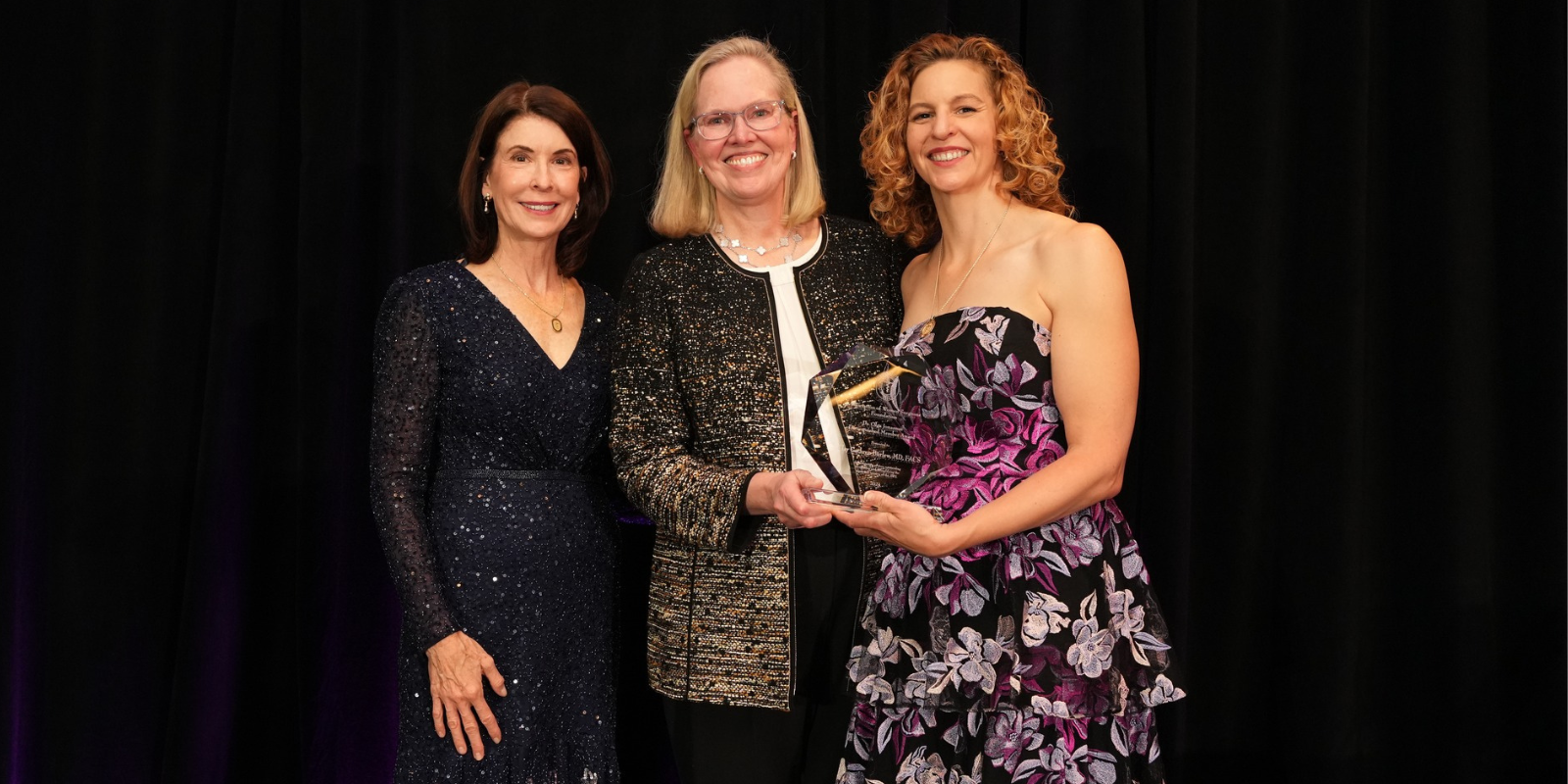How common are gallbladder problems?
Cholecystitis, or inflammation of the gallbladder, is one of the most common disease processes treated by general surgeons every year. About 20 million Americans will have gallstone disease — some problem with the gallbladder or bile duct — in their lifetime, and acute cholecystitis, meaning pain and inflammation in that area, will affect about 200,000 people per year. It really is a very common thing. When you look at the amount of disease burden for emergency general surgery, about 12% of all emergency general surgery is related to cholecystitis or biliary disease.
What exactly is a gallstone?
A gallstone is a hard deposit of cholesterol or bilirubin that can get stuck in the outlet of the gallbladder. Whenever we eat, the gallbladder squeezes out bile, which goes into your intestines and helps you digest food, especially fatty food. When you develop a stone, it blocks the duct and won't let the gallbladder squeeze out the bile. That's where the pain comes from. If the gallbladder relaxes enough and the stone falls down, you're OK. Some people will say, “Every now and again when I eat something fatty, like a nice, juicy cheeseburger or a piece of pizza, I get this little pain, but then it goes away.” That's the telltale sign of a gallstone. Sometimes the stone gets stuck in that tube, and then it won't budge. That's when the inflammation starts. And that can get worse and worse.
How bad can the inflammation get, and how is it treated?
I designed a five-stage grading scale for how severe that inflammation is. If it's mild, we can just do a laparoscopic surgery with four little incisions, take the gallbladder out, and the patient can go home the same day. If it gets all the way up to grade five, that can lead to a big incision with a longer hospital stay and drains coming out of you for a few weeks.
So that is the standard treatment, to remove the gallbladder altogether?
Unfortunately, we don't have any medicines to make those gallstones go away. So if you come in with those sort of complaints, and you have gallstones, we will typically recommend taking out the gallbladder in a surgery called a cholecystectomy. The most common thing people notice is that maybe for about a week or two after the surgery, they'll have some diarrhea or loose bowel movements as their body gets used to the bile coming out all the time instead of being stored in the gallbladder. The body’s a pretty miraculous thing. It can recognize that the gallbladder is gone, and it starts to accommodate for the bile.
Are there any risk factors for gallstones or gallbladder inflammation?
The development of gallstones probably has a lot to do with the Western diet, but it’s also important to remember that about 80% of people at the age of 80 are going to have gallstones. Just because you have gallstones, however, doesn't mean you're going to end up with inflammation of the gallbladder.
Do gallstones typically develop in older people?
When I was a medical student, we typically saw them in people over the age of 40. These days, though, we see it in people from teenagers on up. It's more commonly associated with obesity, and these days, we see it pretty regularly across a pretty wide spectrum of folks.
What is the connection between gallstones or gallbladder inflammation and gallbladder cancer?
Gallstones are one of the biggest risk factors for gallbladder cancer, but fortunately, gallbladder cancer is relatively rare and just because you have gallstones doesn’t mean you will develop gallbladder cancer. We catch some cancers early on, when we take out these gallbladders. That’s the treatment for it, and once the gallbladder is removed, they're done. It's not uncommon for us to handle those early stages, what’s called the dysplasia, which is when the cells are just starting to change. Sometimes we see something that’s a little more invasive, and that’s when we send them on to the surgical oncologists. They’ll take a look at it and see if they need to go in and do further resections.
What are the signs and symptoms of gallstones to be aware of?
The pain typically associated with benign gallbladder disease is in the right upper quadrant of the body, up under the ribcage, and often radiating around to the back, especially after eating fatty foods. It’s something to tell your primary care doctor about, and they can order the preliminary tests and help determine if it’s something you need to see a surgeon about.






